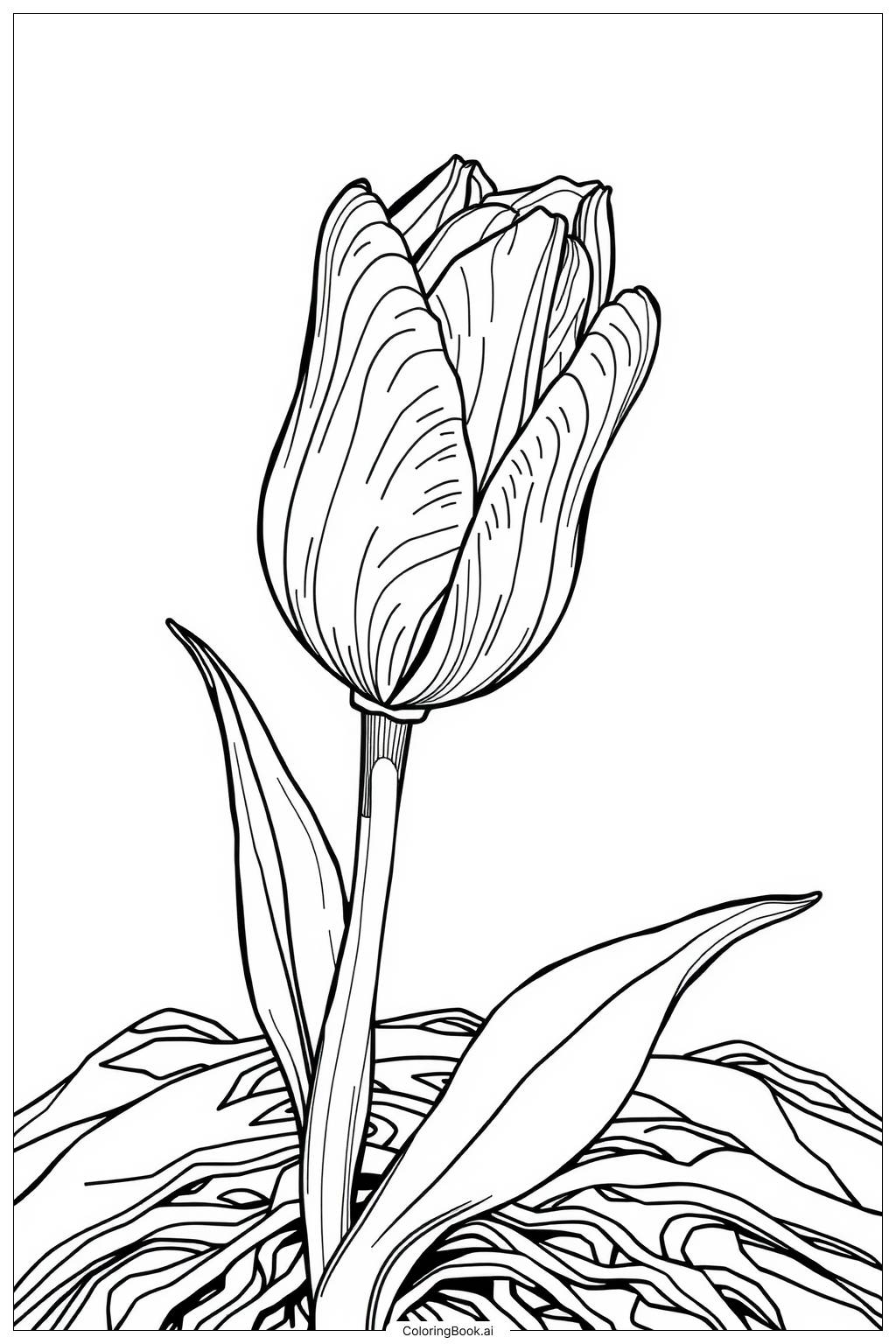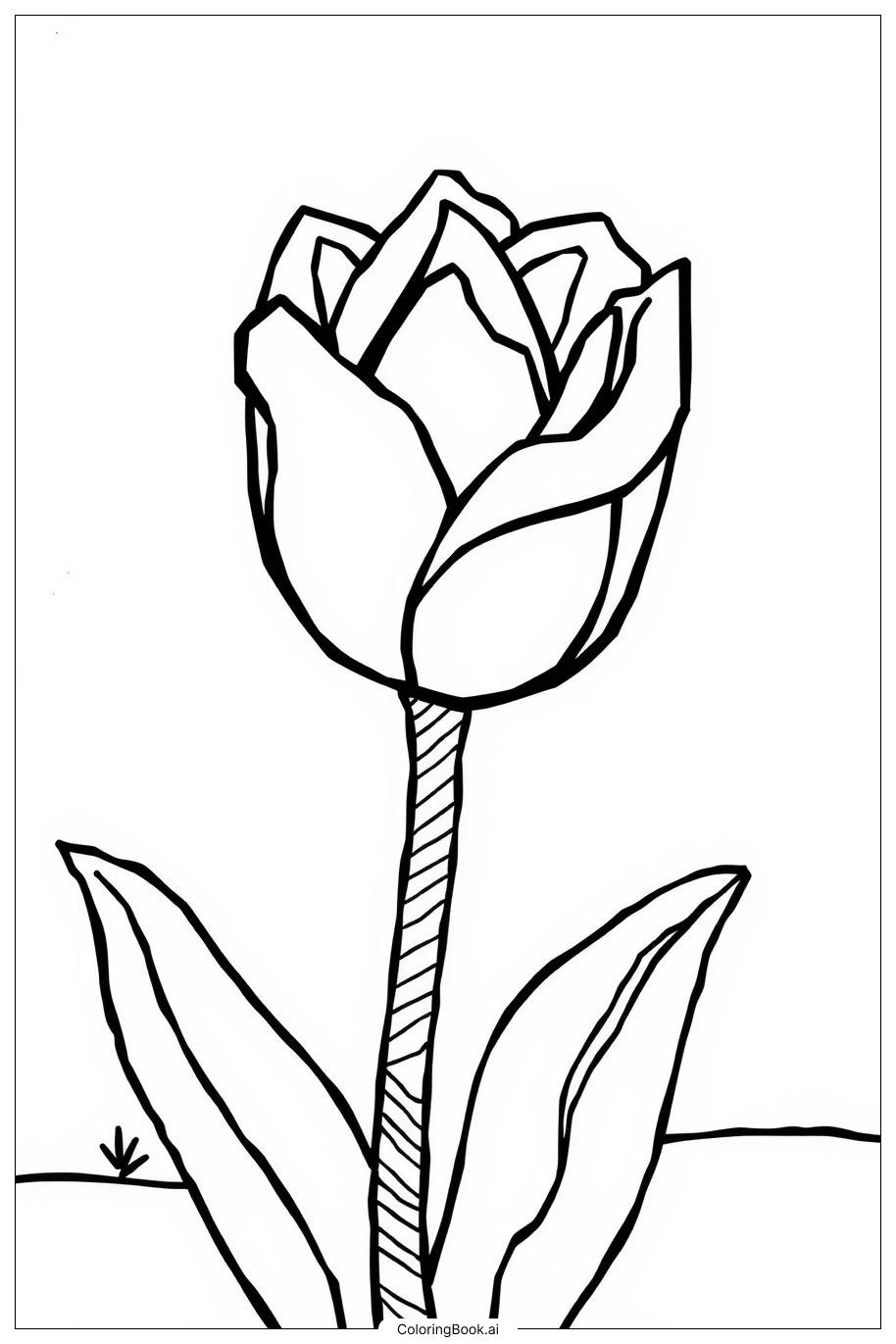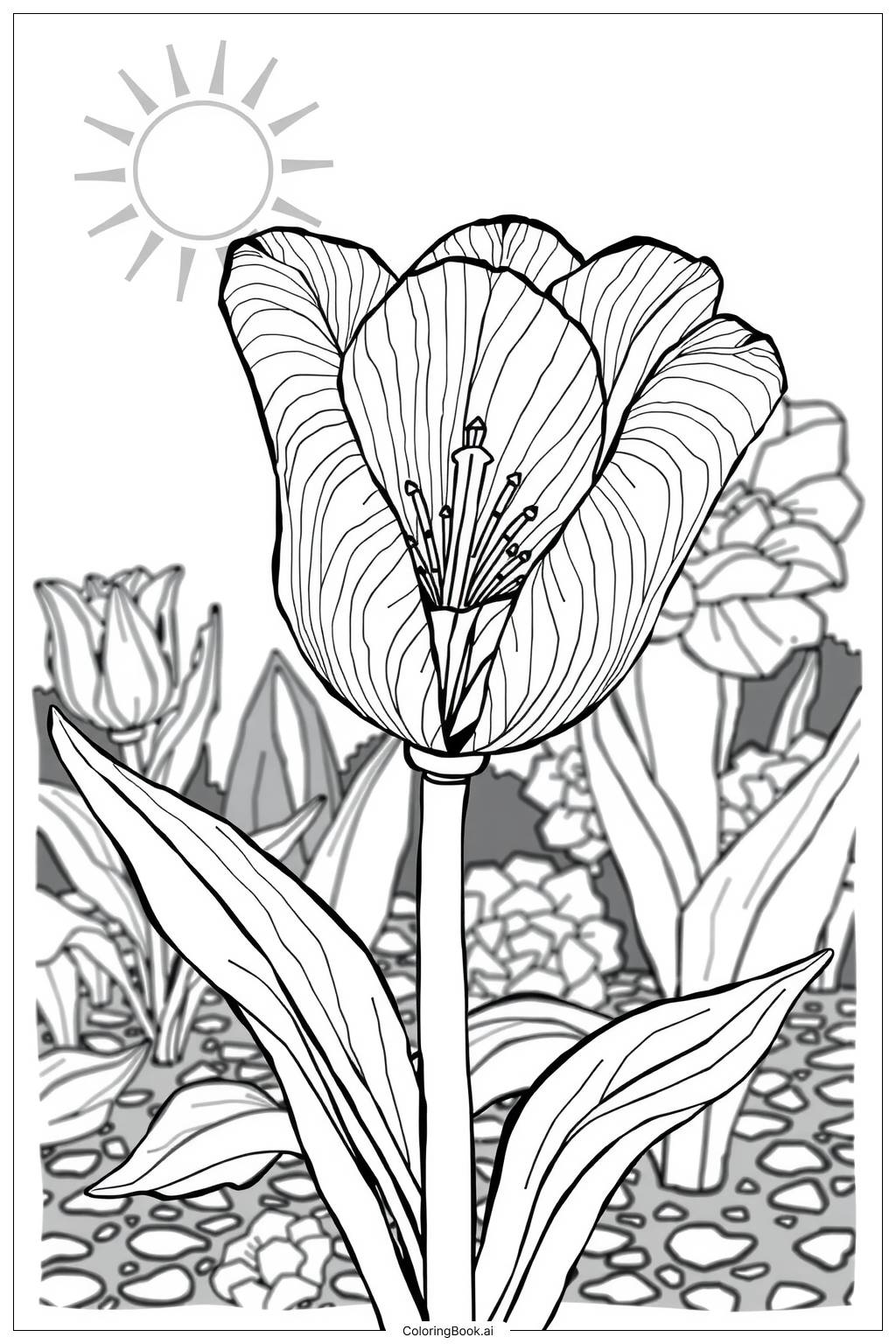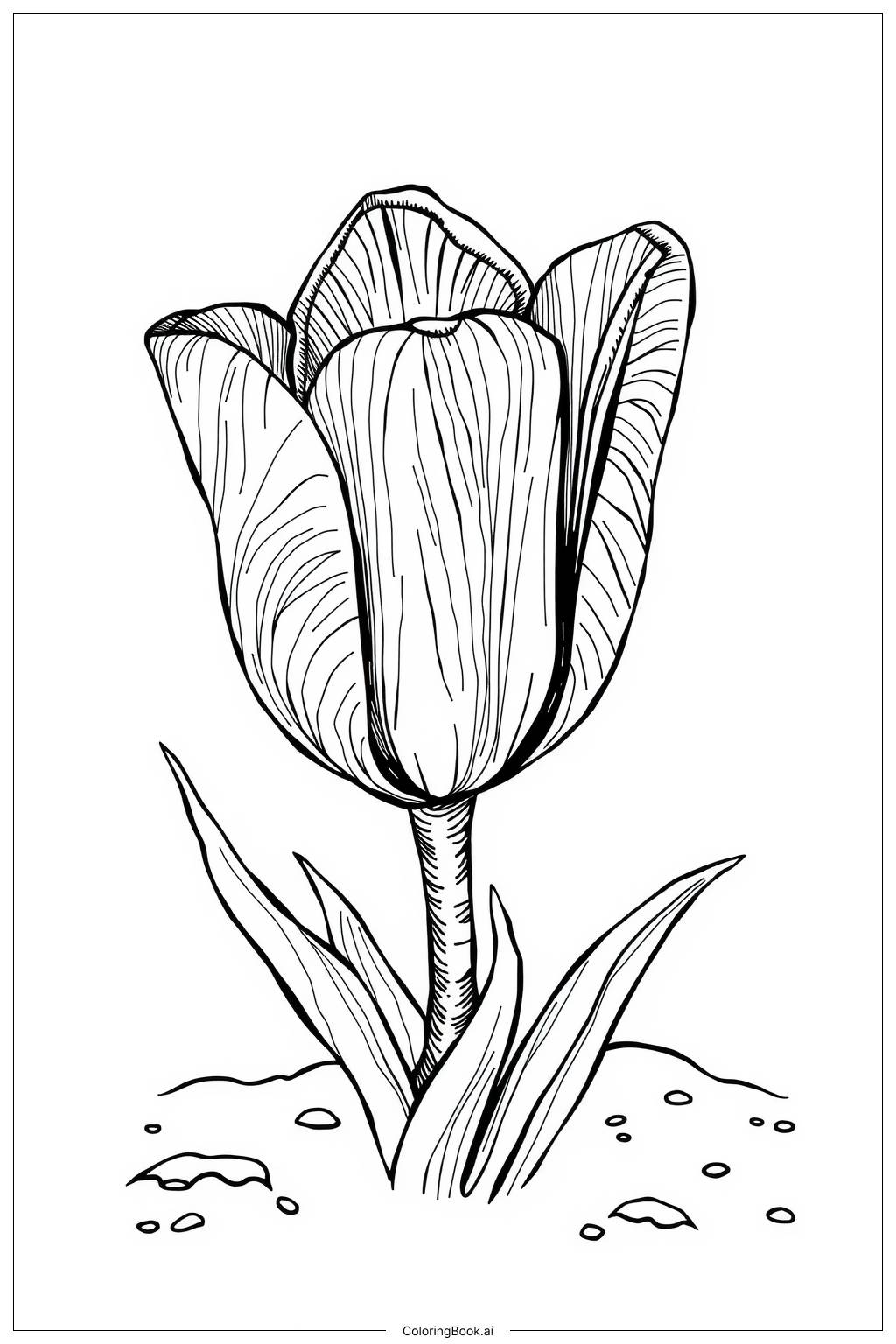Coloring tips: How to color Tulip with Shading and Highlights coloring page well?
When coloring this tulip, start with the petals. Use bright colors like red, pink, or yellow for a classic tulip look. Blend shades for a beautiful effect. For the leaves, use various shades of green to show depth. Light greens give a fresh look, while dark greens add richness. Don’t forget to color the background! Soft browns or greens can create a nice contrast. Try using colored pencils for fine details or markers for bold strokes. Let your imagination run wild!
Coloring challenges: Which parts are difficult to color and need attention for Tulip with Shading and Highlights coloring page?
Coloring this tulip can be challenging in several ways. First, the shading areas require careful color selection, as too much dark color can overwhelm the petals. Next, blending different colors for the petals can be tricky, and it takes practice to create a smooth transition between shades. Additionally, the intricate lines and textures in the petals and leaves need attention to detail, making it easy to go outside the lines. Lastly, coloring the background could be confusing, as it’s important to choose colors that complement the tulip without drawing attention away from it. These challenges can develop fine motor skills and patience.
Benefits of coloring books: Advantages of drawing Tulip with Shading and Highlights coloring page
Coloring this tulip page offers many benefits. First, it enhances creativity. Children can choose their favorite colors and learn to mix shades. Second, it’s a great way to practice hand-eye coordination. Coloring within the lines helps improve control over the pencil or crayon. Third, it can be relaxing and reduce stress. Focusing on coloring can help calm the mind. Finally, it teaches patience as kids work on details. Overall, coloring is a fun and educational activity!





